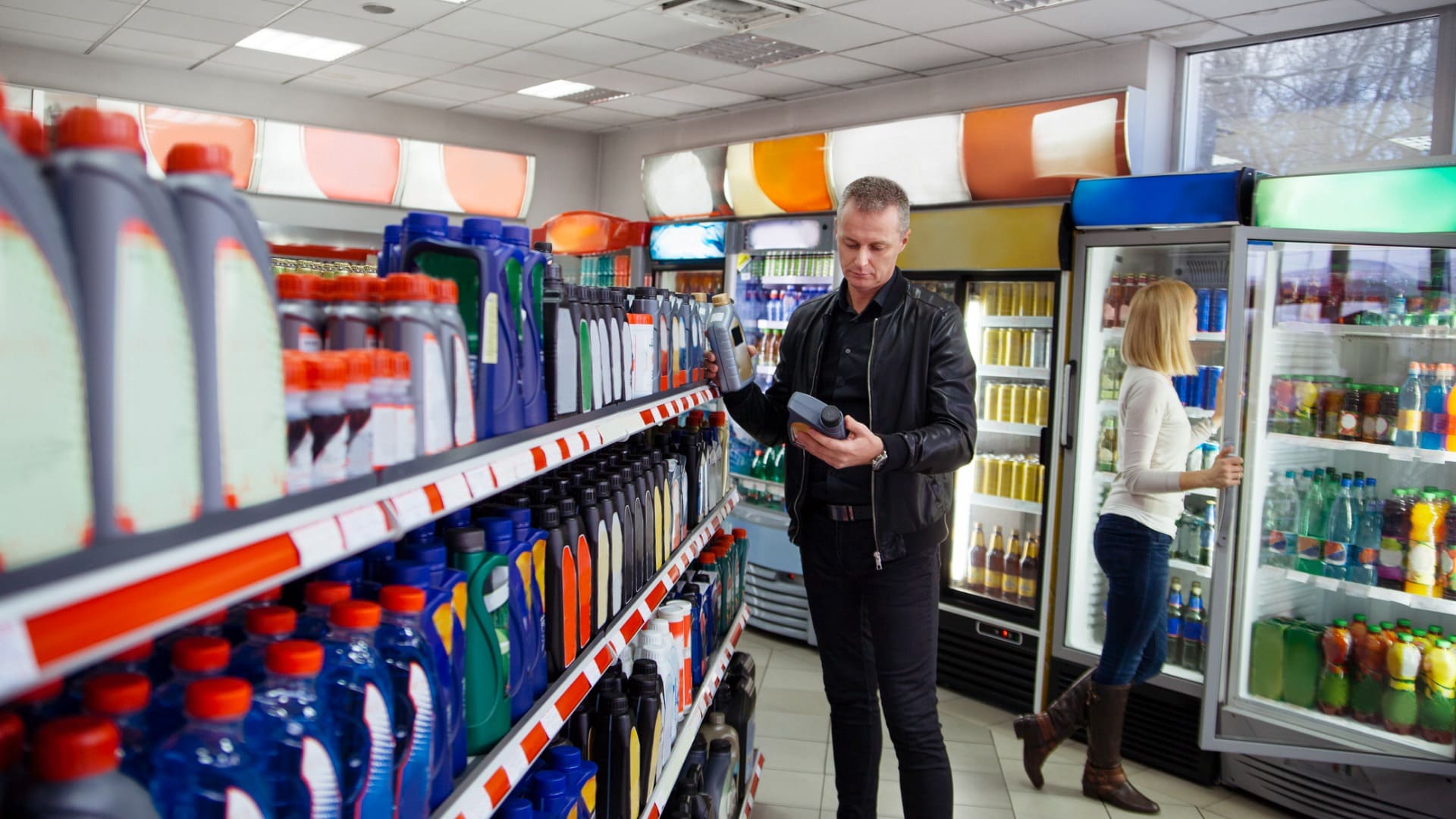Mark Thomas, Director – Operational Excellence (UK)
There are very few certainties in life. However, there’s a compelling argument to suggest that everyone, at some stage, has stood in line to queue at a supermarket.
Customers despise standing in a line. For many years, the consistent trend across the retail landscape is that a poor checkout experience, specifically having to queue, is the number 1 customer irritant globally. Why do you think the big hitters are battling it out to become the first “successful” fully contactless checkout-free retailer? Billions of $/£s have been invested. Fanfare openings of this type of store are aplenty. But despite the early adopters shouting from the rooftops, the early majority at this point are resistant to change—or so it seems.
The fact is that the staffed checkout experience isn’t going anywhere any time soon, regardless of what we read in the press. It remains a key focus for retailers around the world.
This is the first in a series of posts (see Part 2 and Part 3) that explores the humble queue and its impact to your business’ most important factor: the customer.
Over the years there have been many incredibly clever people who have dedicated their lives to researching queue theory, creating complicated mathematical algorithms and detailed white paper research that even the brightest man or woman in the street will find difficult to understand. I know. I’ve read most of them.
But for me, the beauty of a queue is in its simplicity—there is no need to complicate things. Put simply, in the supermarket world, a queue can form when there are more customers arriving at the checkout area than available open checkouts. Yes, there are numerous other factors in play such as cashier performance, arrival rates, transaction times and throughput rates to name but a few, but let’s keep it simple at this stage. We will explore the other factors later in this series.
Customers Arriving > Available Units = Queue.
Now, whilst the core reason a queue forms stems from a simple calculation that everyone can understand, there are indeed an infinite number of reasons why either side of the calculation can go horribly wrong, and a queue quickly forms. This is where things can get confusing.
For example:
- John the warehouse guy calls in sick.
- Pete on Produce is the only forklift licence holder in the store, so he steps into John’s shoes.
- Steve the baker used to work on Produce, so is asked to help stock the bananas.
- Samantha the florist used to work in a bakery on the high street, so she heads over to the bakery to support the team.
- Julie the customer service desk assistant is a florist by trade (how fortunate!), so jumps at the chance to help.
- Alison the self-service checkout assistant is trained to work on the customer service desk, so she moves across for an hour.
- Finally, David on checkout number 6 is needed to staff the self-checkouts in the absence of Alison.
- There are no other checkout operators, meaning that checkout number 6 must close, and the inevitable queue starts to form.
Yes, however unlikely it may seem, a warehouse employee called John phoning in sick can, and will, impact your front-end operation.
As the above tries to illustrate, the number of moving parts that are in play at any one time when managing your checkouts is perilously high, this even without taking the customer volume variations fully into account. And yet, many retailers designate the day-to-day task of “running the line” to a non-management associate, usually someone who’s a great checkout operator. In addition, there is rarely (if ever) any specific training for this role despite it being make or break for the customer journey and your long-term customer retention metrics.
There is a reason you don’t ask a fishmonger to bake bread, or a cart collector to calculate wages, right? They’re not trained to do so. Yet most retailers are happy to place a good cashier in the firing line with little guidance around the key attributes of the task at hand. To add fuel to the fire, you’ve removed a good cashier from your line! Bringing yet more potential for our simple calculation to go awry.
Regardless of any queue technology system you may have invested heavily in, the personal element of managing queues will never be removed and is a highly skilled operation. It’s quite possibly the most important role in your store. Do you treat it that way?
Quite rightly, checkout performance metrics are a key focus for most retailers, and indeed can be notoriously tough to hit. It is no coincidence that, based on my 33 years’ experience in retail, my observation is that the highest management attrition rates sit firmly in the checkout manager camp. Checkout managers come and go on a regular basis. More fuel to an already well-lit fire. Ask yourself, why do they leave?
Having the right team in place, with the right training, and in-depth knowledge of the delicate intricacies of the front-end operation is key to delivering a seamless customer experience and maintaining your people. In future posts in this series, I will touch on:
- How many checkouts are the right number of checkouts?
- Queue prevention.
- Scheduling your team.
- Checkout types, their purpose and their pitfalls.
- Customer queueing psychology.
For now, I’ll leave you with one final thought: If you “think” you have too many checkouts open, it’s the right number. Food for thought which we will explore in the second part of this series.




